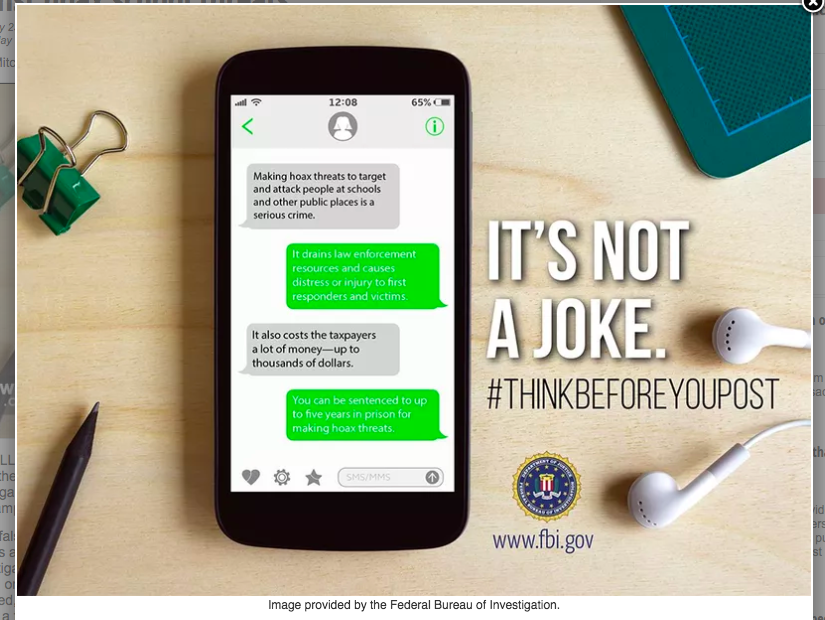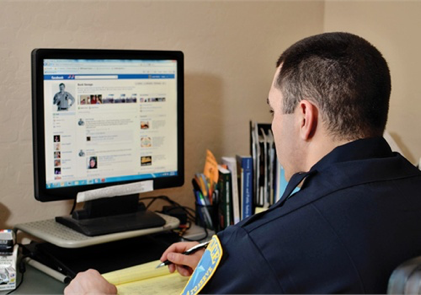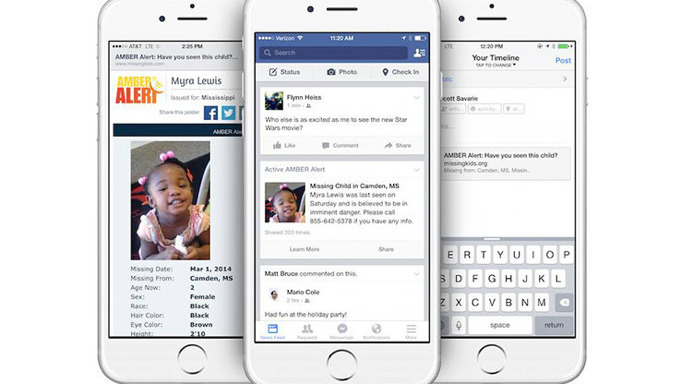Now that 71% of online adults are using Facebook, it is more important now more than ever that businesses set up a social media monitoring strategy. Social media sites have the ability to boost exposure and profit for a company, but they can also cause major damage as well. This is where asset protection and risk management come in.
According to a 2009 Deloitte ethics and workplace survey, 74% of employed Americans surveyed believe it is easy to damage a brand’s reputation via sites such as Facebook, Twitter, and YouTube. Although that statistic may be frightening, it is possible for social media and areas like asset protection to have a beneficial relationship.
Consider the following tips for protecting your company and brand by using social media as a loss prevention tool.
- Assemble a team to closely monitor consumer feedback 24/7. Social media interaction doesn’t end when business hours do, and quick responses can avert a potential disaster. This team should also be responsible for investigating suspicious activity, such as theft, counterfeiting, and other crimes.
 .
.
- Establish a response system when monitoring complaints online.The response system would provide specific protocols based on the nature of the complaint or issue, and from there, a response committee can address the issue. To be most effective, a response committee should consist of members from each department and a set process to follow on how to resolve and respond to a complaint or issue.
- Use social media monitoringas an investigative loss prevention tool.In a recent survey of active federal, state and local law enforcement officials, 81% said they use social media for investigative purposes, 67% percent indicated that social media is a valuable tool in anticipating crime, and 73% believe using social media can help solve crimes faster.
For example, a local sheriff’s office shared some security video images from a clothing boutique store that showed a female shoplifter stealing several hundred dollars in clothing. The boutique had a very good camera system and shared those images from their Facebook page to the Sheriff’s Office page, who in turn shared it with their followers. Within 30 minutes, the comment section was full of tips, eventually leading to the shoplifter’s identity. Without this platform, this crime may have gone unsolved, and that business would have taken a hit out of their own pockets.

Stolen property turning up for sale on Facebook buy and sell pages is also becoming increasingly common, police say. One of the key giveaways is price. Alarm bells should start ringing if a product that normally costs $1,000 is being offered for $100, such as jewelry or tools. If it’s too good to be true, it usually is.
- Report suspicious activity.Companies should establish an internal response system to report suspicious activity, such as retail crime, counterfeiting of goods, dissemination of proprietary information, and cyber-bullying of employees and/or supervisors on social media sites. The response system would consist of process on how to report suspicious activity via email and/or a phone line. You are responsible for finding the suspicious activity, so make sure your company knows how to use social media as a loss prevention tool and what to do with the information.
- Guard your information.With email still the biggest threat to leaking proprietary information, other modes of online communication are quickly catching up. According to Proofpoint, Inc., 17% of companies in the U.S. had confidential information exposed on social media sites like Facebook and LinkedIn in 2009. That figure is up from 12% in 2008.
By following blogs and message boards, monitoring YouTube videos, and keeping an eye on social networks, retailers can be aware of issues that arise and respond quickly instead of simply hoping that nothing comes up. Being a part of these social online communities is a risk, but it’s becoming a necessity as more businesses realize their potential. Just make sure your company is not vulnerable to hackers and the employees know what they can and cannot share.
- Manage feedback and build brand loyalty. Social media gives companies a chance to directly interact with their customers. Examining this feedback can assist you in looking at some of the ineffective operations of the business. When a company promptly responds to feedback, positive or negative, it builds brand loyalty. This also gives you the power to put out potential fires the minute they arise. As mentioned before, this is a 24/7 job for a 24/7 world.
Employees Are Also Using These Sites
It’s not just customers you should look out for: it’s employees, too. Many people think that when logging on to social media sites, they become anonymous. All too often, people lose their inhibitions when they realize they have the power to type anything they want without a face-to-face confrontation.
Employees need to realize they represent the company every time they contribute to social media sites. This is another reason corporate guidelines are useful for informing employees that, while they have a right to those sites, they also have a responsibility to uphold the image of the company. A disgruntled employee who logs on might do more damage than an angry customer.
In early March 2011, someone who had access to the official Chrysler Twitter account used vulgar language in a tweet. The tweet was deleted promptly, but Chrysler has over 7,000 followers, and it was re-tweeted immediately. The source of the tweet was Scott Bartosiewicz, an employee from the social media contractor for Chrysler. He was not a disgruntled employee, but he confused his personal account with the brand account—a mistake that cost him his job.
It took seconds for one tweet to tarnish this brand, but don’t let this prevent you from creating an account on Twitter. Chrysler had over 7,000 followers when this incident occurred. They now have over 188,000. Of course, it is unwise to pull an unprofessional stunt for the sake of attention, but it’s a reminder that it’s never the end of the world when it comes to social media. You can rebuild your brand by keeping a professional online reputation.
- Check out what your fellow employees are saying on social media sites. Some might say this is an invasion of privacy for the employees. They do have a right, but by posting statuses and pictures about their company or brand, they open themselves up to the public. It’s important to check out what the employees are saying because they could be discrediting the brand. While they have a right to their own opinions, they should keep a level of professionalism even out of the office on these sites.
Also, social media monitoring of employees can reveal theft…whether it’s time, office supplies, or larger products. If they tweet 20 times between 9:00 and 11:00 a.m. on a workday, it’s likely they are misusing company time. The reason many people share information online is because they think no one is watching. But if an employee is selling a printer on Facebook that looks like the one that just went missing around the office, it might be beneficial to start watching.
It may seem too “Big Brother” to keep such a close eye on employees’ social media behavior, but try to think of it as a better-safe-than-sorry technique.
How Can You Control Social Media Damage?
Manually scouring individual social media sites is a time-consuming process. Usually this is being done by individuals who are not formally trained in how to use social media data. One of the key advantages of using a purpose-built social media monitoring solution is that you not only get the tools, you get a dedicated team of people watching out for changes in the law and ensuring the system you’re using is in compliance.
A 2013 LexisNexis whitepaper entitled ‘How Social Media is Changing the Face of Investigations’ contains a passage which is true today as it was when it was initially authored:
“It is imperative that agencies are compliant with how they use information obtained via social media sites within their investigative process. Without clear guidelines, your agency is open to potential violations of 28 CFR Part 23. Tools like Social Media Monitor provide an archive function to preserve information gathered that is legally compliant and admissible in court. Social Media Monitor keeps an agency compliant with laws related to intelligence gathering and ensures that departments will be able to admit this evidence in court.”
Graham explained, “Well-trained personnel can play a huge part in crime prevention and discovering individuals who are planning to do wrong — both local gang members as well as domestic and international terrorists. Gathering a mountain of evidence from social media and being able to properly analyze it transforms raw information into ‘actionable intelligence’ and results in the effective deployment of valuable resources.”
|
About Us:
We have been mining social media since 2007 for our clients. By utilizing best in class software programs, we offer a service called eChatter.
eChatter works with you to obtain your objectives in a fast, accurate and reliable facet. By keeping our strengthened principals, yet evolving with this industry, we lead in social media monitoring. Since 2007, we have been dedicated to providing our customers with the most authentic data. Our eChatter services save you valuable time and money.
We offer:
· Deep Web Scans
· Jury Vetting
· Jury Monitoring
· Quick Scan
www.e-chatter.net
(866) 703-8238 |









